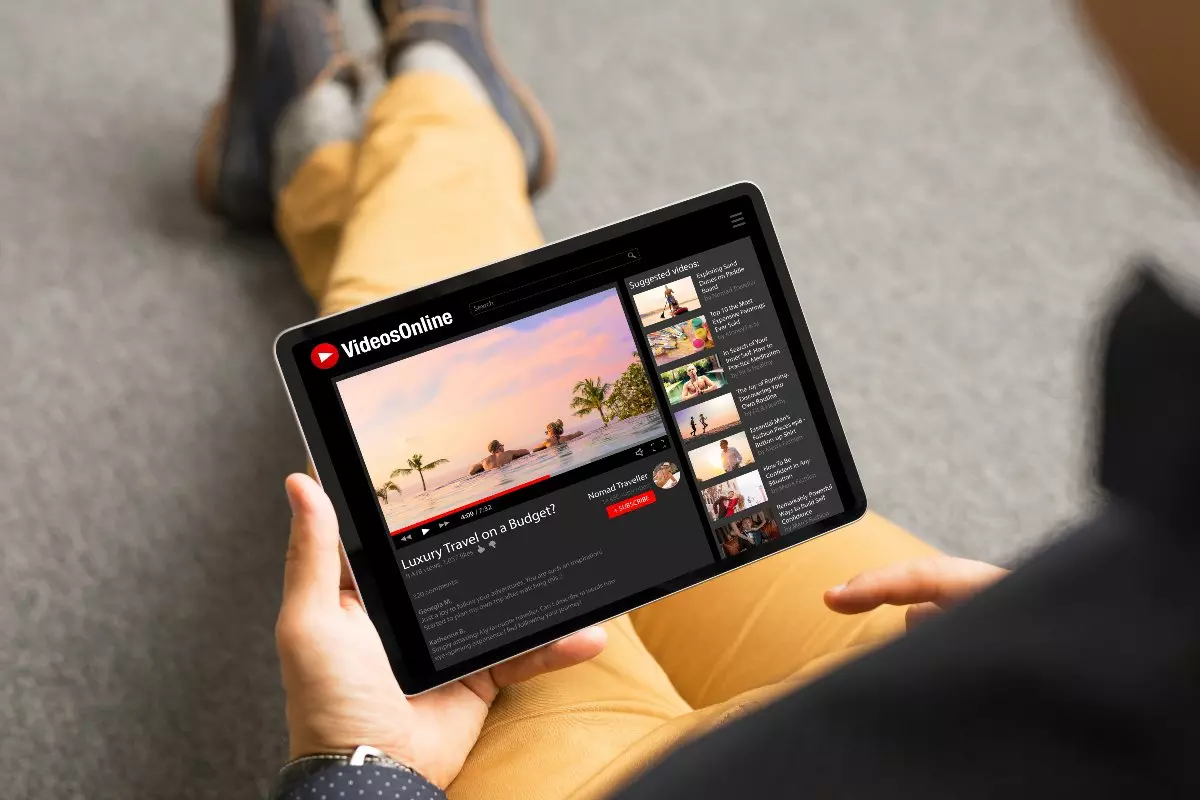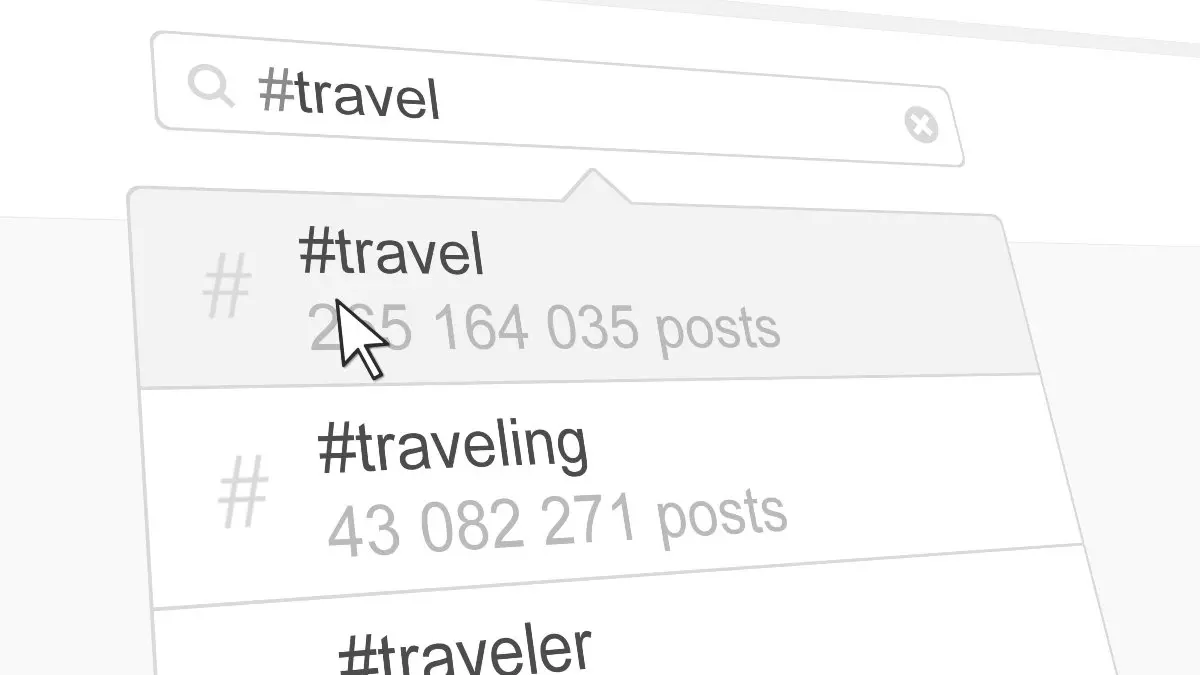Many assume that affiliate marketing without a website is impossible. The reality is that maintaining a website or blog is just one of the ways to generate and monetize data.
Even without a website, you can still generate clicks and send them to affiliate offers. Read on for the top alternative affiliate marketing strategies that don’t require a website. These methods can yield successful results, such as low ongoing costs, low risk, targeted traffic, flexibility, and high return on investment (ROI).
Why Try Affiliate Marketing Without a Website?

There are several benefits to promoting affiliate links without a website. For example, you can save money by avoiding the costs of purchasing a domain, hiring a web or graphic designer, and hosting your website.
You can also avoid tedious and time-consuming website maintenance tasks like:
- ensuring all pages load properly
- removing spam comments
- maintaining a high Google ranking
- conducting security checks
- updating graphics and design
When conducting affiliate marketing without a website, you can avoid these tasks and focus on creating high-quality marketing content instead.
Posting Links in Forums
Online forums and groups can be found all over the Internet, and they are great places to start your quest. To begin, search for a forum related to the product you wish to advertise.
Also, go through the community or forum standards to see what forms of affiliate link postings are permitted. Lastly, become an engaged member to win the confidence of other members.
Interacting with others, giving proper responses to queries, and providing answers to issues are all examples of active engagement. You may insert your affiliate links in the context of these exchanges. As a result, community members will gain confidence in you over time and be interested in following the links you supply.
Start a YouTube Channel

One of the most powerful sites for advertising affiliate links is YouTube. With over two billion monthly users, the platform has enormous potential for helping companies reach new audiences and build loyal followings.
To maintain an effective affiliate marketing strategy on YouTube, you don’t need to be a YouTube celebrity with tens of thousands of subscribers, contrary to common assumptions. You can still obtain a reliable viewership as long as the videos you produce are instructive, helpful, and innovative.
Ensure that your videos are relevant to the items or services you’re marketing and include links in the description box. However, keep in mind that YouTube mandates you to publish disclaimers informing viewers that you are marketing affiliate links.
Posting Classified Ads
Publishing classified advertisements on Craiglist with a product pitch and your affiliate link is another approach for affiliate marketing without a website.
Affiliate marketing through classified ads can generate a steady stream of traffic; however, you must be consistent to find success. Also, make sure you’re familiar with the terms of service of the classified ad sites you’re utilizing to confirm that affiliate connections are permitted.
Email Marketing

You likely have a large following if you have established yourself on social media or HubPages. As a result, you can encourage your followers to sign up for your email list. Through email marketing, you can send weekly newsletters with informative updates and affiliate links. Additionally, consumers who are part of your email list can be the first ones to receive links from new affiliate partnerships you start. Email marketing is meant to pique your readers’ curiosity, increasing your conversion rate and site traffic.
Squidoo Marketing
Squidoo is a social networking site that lets anybody with a Squidoo account build pages (also known as lenses) and speak about anything they like. Google is a big fan of Squidoo lenses. If your lens is well-written, it may rank highly on Google, resulting in a flood of targeted visitors to your site.
Now that you know what Squidoo is, you may be wondering how to use it for affiliate marketing. The secret is to produce a lens on your affiliate product’s subject and make sure it ranks on the first page of Google for relevant phrases and keywords linked to the affiliate product you’re pushing.
For example, if you’re advertising a weight-loss eBook, you can create a lens to provide weight-loss suggestions. You’ll include phrases like “how to lose weight” and “how to remove love handles” in your lens, allowing Google searches to list your lens. You’ll be able to bring a lot of focused traffic to your lens this way. Then you can use your lens to build trust with your viewers to click on your affiliate links, which will take them to your merchant’s sales page.
For Squidoo affiliate marketing, you must first sign up for a free account. A lens name will be requested upon registration. To gain a good ranking on search engines, you must include the phrase in your lens’ URL.
After you’ve finished your content, add affiliate links to your lens. It’s important to remember that the lens reader must trust you to click your links. So, a call-to-action like “Click here to discover more” can help increase your lens’ click-through rate to your merchant’s sales page.
Web 2.0 Sites
The second generation of websites on the Internet is known as Web 2.0. Visitors to Web 1.0 websites, the Internet’s original generation of websites, can simply read the material, but visitors to Web 2.0 websites may interact. Examples of Web 2.0 features include social networking sites or social media sites, such as Facebook, blogs, video sharing sites like YouTube, image sharing sites, and Web applications.
To improve revenue, you may use Web 2.0 sites like HubPages and StumbleUpon. HubPages is one of the most popular blogging sites available. The website, which bills itself as a publishing and revenue-sharing community, enables freelance bloggers to build their own blogs, which they can use to produce and distribute unique content. By signing up and avidly writing on this website, you can create your own blog with viewers that trust your opinion. Therein, you can start expanding on affiliate marketing to increase your revenue.
Social Media Platforms

Although owning a blog or website is not needed to become an affiliate marketer, you must have an online presence. As a result, you can start with Facebook, Twitter, and Instagram accounts instead.
The trick is to create posts that will pique your audience’s interest and encourage them to click. Additionally, make sure that your social media posts are informative and contain photographs. Visual features tend to entice readers. By including hashtags in your social media postings, you’ll have a better chance of having your material appear in Google search results. Use hashtags in your blog titles and posts to provide people with another option to find and search for your brand.
Also, be certain that the information you publish is relevant to your industry. Posting anything unrelated to your niche might turn off prospective clients.
PPC Affiliate Marketing
Pay-per-click advertising is essential for your company to establish a presence on search engines and marketplaces like Amazon and Google.
How can you profit from PPC affiliate marketing? Setting up a campaign is just the beginning.
To optimize your campaigns and keep your prices low, you’ll need to test your advertisements, keywords, and landing pages on a regular basis. You’ll also need to arrange your ad groups and divide everything down into portions that are appropriate to your audience.
Paid advertisements on Facebook, Pinterest, and Google can be highly effective. However, it is important to have in-depth information about the audience you are targeting. For instance, you can use ads to gather information on your traffic, including your audience’s age and geographic location. The more information you have, the better you can tailor your paid ads to increase your conversion rates.
Here’s a brief checklist of things to think about before diving into PPC:
- Check to see whether the affiliate program permits you to employ sponsored advertisements.
- Instead of linking straight to the merchant’s website, always connect to your own affiliate landing page so you can capture data for remarketing.
- Create a landing page that provides extra value to visitors, such as guides, tutorials, use cases, reviews, and comparisons, based on your industry expertise.
- Select an advertising platform, such as Google Ads or Facebook Ads, Microsoft Advertising, LinkedIn Ads, and so on.
- Never utilize terms that are associated with a brand.
- Test your performance and keep an eye on it.
- Begin with a minimal budget and gradually increase it as you see great outcomes.
Write an EBook

An ebook is a useful method to advertise affiliate connections. Although this method is more time-consuming, if done right, a successful eBook may have long-term advantages.
Most significantly, while creating an eBook, you should never publish for the sole purpose of including affiliate links. Your audience will be able to see straight through it. On the contrary, you should choose a subject you feel confident in and are well versed in.
The goal is to get your audience to click on your affiliate links if they find the information you’ve supplied useful. This can be done by delivering actionable information to your readers.
For instance, if you’re advertising a DIY home renovation eBook, you will have to include key phrases like “how to tile your kitchen,” allowing Google searches to list your eBook as an option.
Create an Article on a Free Writing Platform
Most affiliate marketers advertise their products and services through blogs, landing pages, or free writing platforms. For instance, LinkedIn is an excellent place to start your free writing platform experience. It keeps a share of your revenue and enables you to advertise affiliate goods or services to a large audience.
Another excellent free site for creating articles and earning affiliate money is Medium. Since these platforms have high domain authority and make it easier for your content to rank in search engines, you may earn a lot more than you might on your own website.
Tips for Marketing Without a Website
Without a website, affiliate marketing will be tough, and you should be aware that many of the leads you produce may not convert. The most frequent reason leads don’t convert is that your marketing funnel is too wide and you are going after uninterested consumers. That’s why it’s important to find high-intent customers.
Here are some suggestions to assist you in boosting the overall number of high-intent referrals:
Keyword Research

You can use SEO tactics to your benefit even without a website. For instance, you can apply targeted keywords in your YouTube video description in order to attract the right crowd. Here are some ways you can use keywords in your YouTube videos:
- Use a target keyword in the name of your video file.
- In the video title, naturally, include your keyword.
- Make your video description as accurate as possible.
- Use common keywords related to your subject to tag your video.
- Sort your video into categories.
- To add subtitles and closed captions, use an SRT file.
Attraction Marketing
When customers are enticed to buy something without being told to, this is known as attraction marketing. Its primary tenet is to demonstrate to consumers the value of the goods you’re offering. This can be done by showing the usefulness of the product or service through blog posts, YouTube videos, or Instagram posts. Ultimately, you want to encourage consumers to click on your affiliate link after identifying the product’s value.
Broaden Your Efforts
If you don’t have a website, you should do all you can to diversify your efforts. For example, you should use at least five of the 10 ways listed above to create a sale. It will be difficult, but nothing is impossible. If you solely concentrate on one strategy, the volume and quality of traffic will probably not be sufficient to provide a reasonable commission.
This is why it is always ideal to broaden your social media coverage. For example, if you are an affiliate of a fitness company, you can expand your marketing efforts to multiple platforms.
On Instagram, you can post photos or short videos of your progress while linking the products or services. Similarly, through YouTube, you can provide full-scale workout routines and link your affiliate clothing and equipment.
The Bottom Line
It’s now up to you to pick and choose the right methods that fit your brand for marketing affiliate goods and services. Unfortunately, affiliate marketing isn’t a get-rich-quick scheme, so you will have to put in the effort along the way.
The only way to know what will work for you is to conduct experiments and examine the outcomes. If there’s one talent you should hone, it’s the ability to navigate traffic through YouTube videos, email marketing, or classified ads. This is particularly true if you don’t have a website.
Table of Contents
- Why Try Affiliate Marketing Without a Website?
- Posting Links in Forums
- Start a YouTube Channel
- Posting Classified Ads
- Email Marketing
- Squidoo Marketing
- Web 2.0 Sites
- Social Media Platforms
- PPC Affiliate Marketing
- Write an EBook
- Create an Article on a Free Writing Platform
- Tips for Marketing Without a Website
- Keyword Research
- Attraction Marketing
- Broaden Your Efforts
- The Bottom Line
Have a Question? Ask an Expert!
Fill out the form below to get in touch with one of our marketing specialists.
